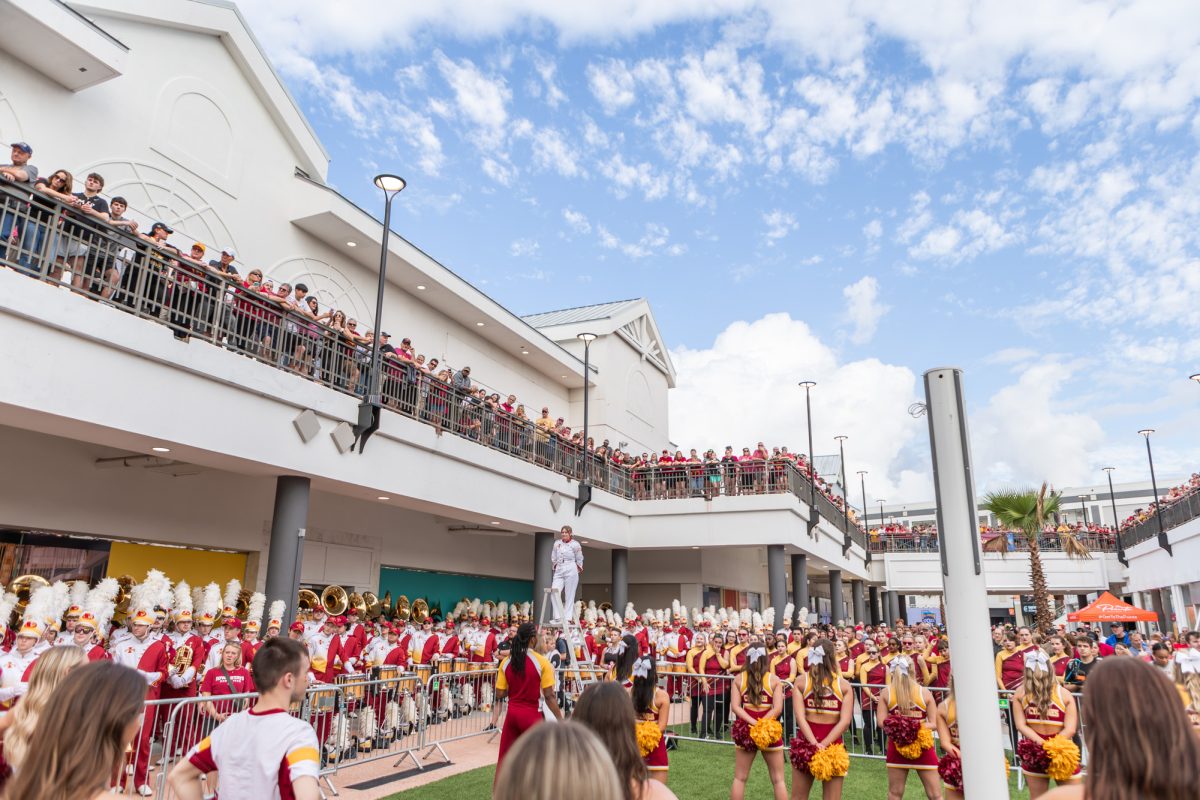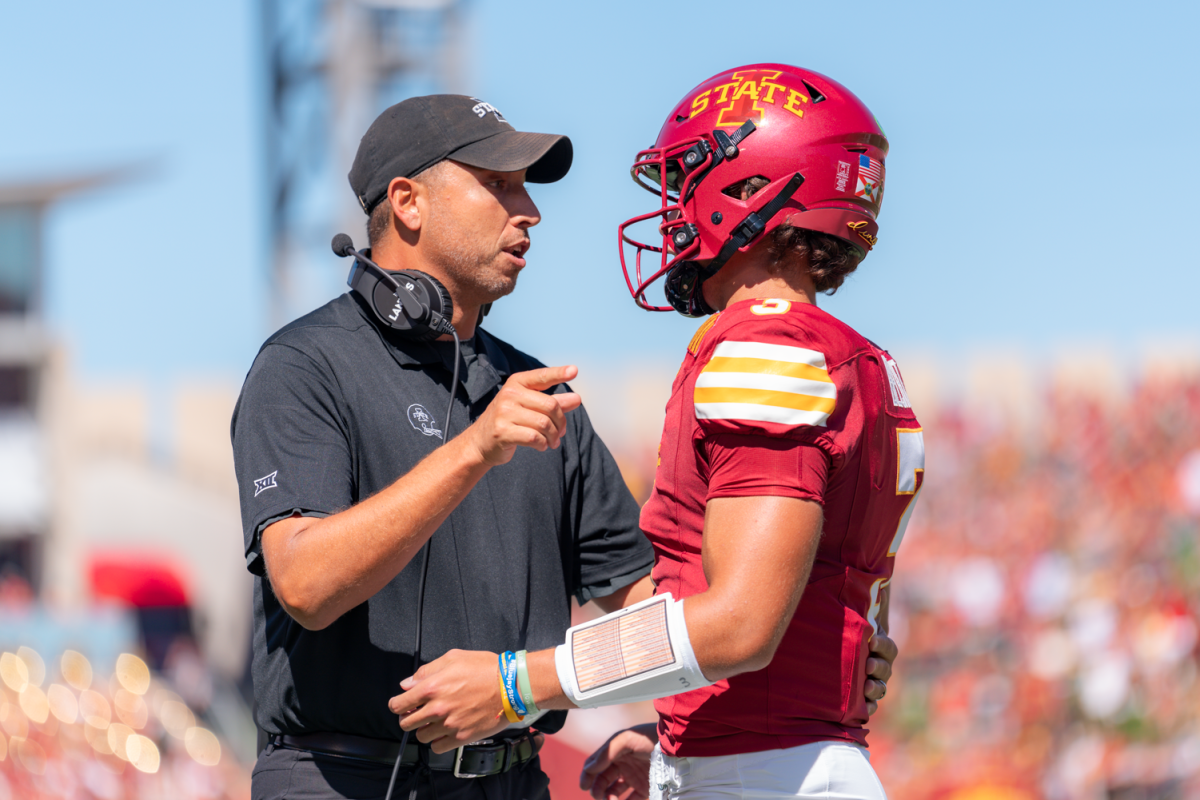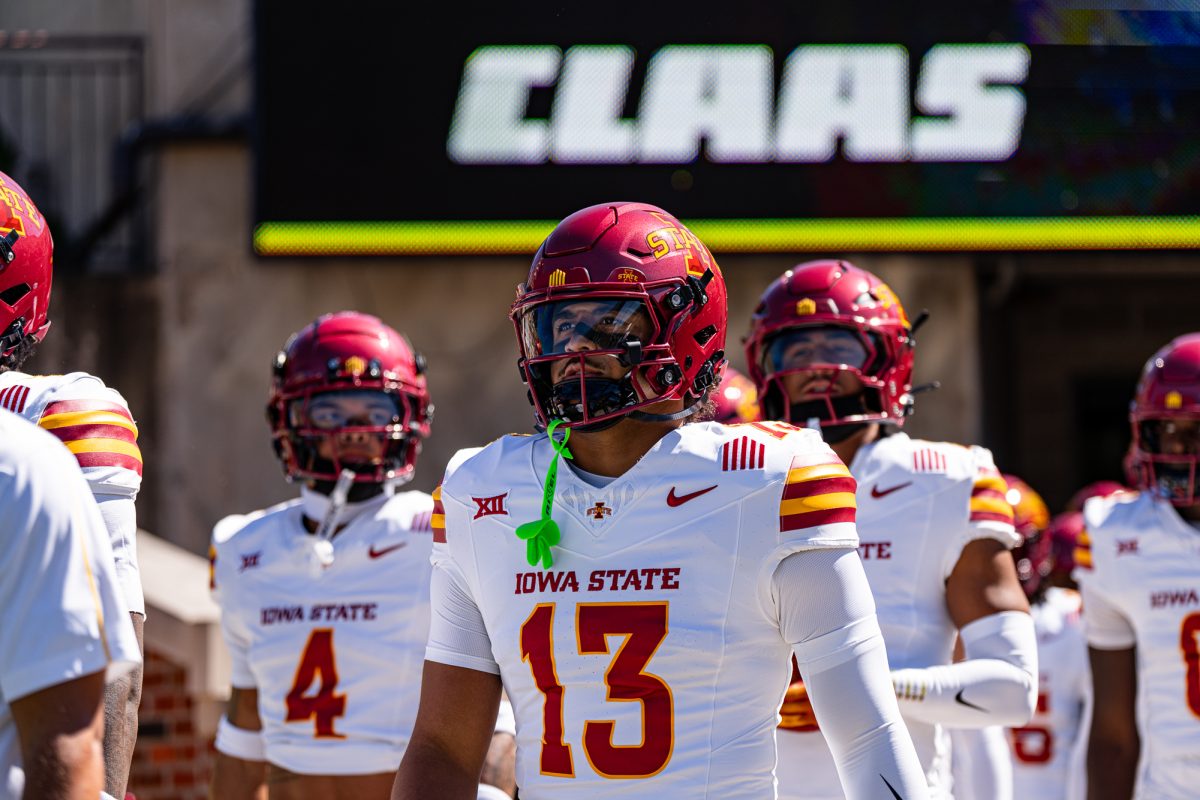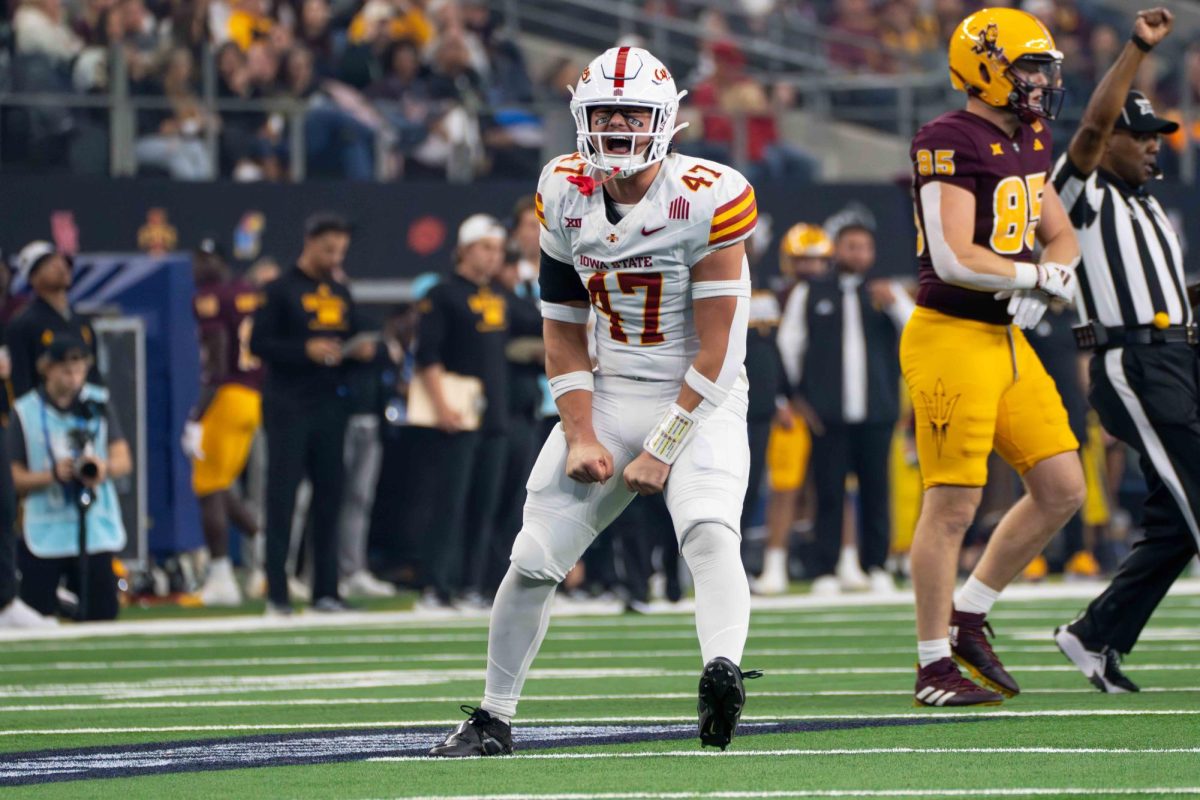Coover Lecture to focus on speaker’s DNA research
March 9, 2000
DNA expert Jacqueline K. Barton, the Arthur and Marian Hanisch Memorial Professor of Chemistry at the California Institute of Technology, will be sharing her knowledge today as the featured speaker at this year’s annual Coover Lecture.
Barton is scheduled to speak today at 1:10 p.m. in Room 1352 of Gilman Hall and at 8 p.m. in Room 1414 of the Molecular Biology Building.
Barton’s research with DNA and the application of transitional metal complexes as tools to probe recognition and reactions of double-helical DNA has led scientists to change traditional approaches of studying it.
Jack Horowitz, university professor of biochemistry, biophysics and molecular biology, said he is excited about possible results from Barton’s research.
“The research will help push nanotechnology through the application of DNA forward,” he said.
Nenad Kostic, professor of chemistry, also said he is interested in Barton’s research.
“Her results are new, original and unexpected,” he said. “Her research was first to lead to a better understanding of the fundamental origins of nucleic acids and reactions of nucleic acids.”
Established in 1948 in honor of Professor Winfred Forrest Coover, professor and chairman of chemistry from 1913 until 1949, the Coover Lecture Committee invites one speaker each year from one of the five areas of chemistry represented at Iowa State.
Horowitz nominated Barton because of her knowledge and speaking skills.
“We were looking for a prominent person who is chemically oriented in biochemistry,” Horowitz said. “We were also looking for a good speaker.”
Kostic also said he was pleased to have Barton come to Iowa State.
“I know her from conferences; we’re professional colleagues, and she visited Ames and gave a lecture in 1987,” he said.
The lecture is open to the public, and Horowitz said he encourages faculty and students in chemistry, chemical engineering and other areas of structural biology to attend.
The Coover Lecture is sponsored by the biochemistry, biophysics and molecular biology departments and the Ames chapter of the American Chemical Society.






